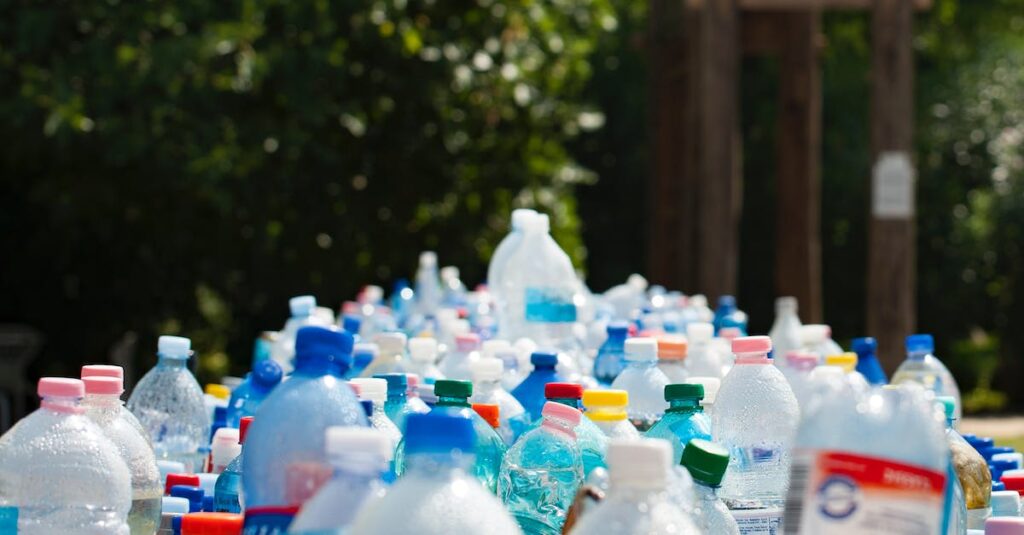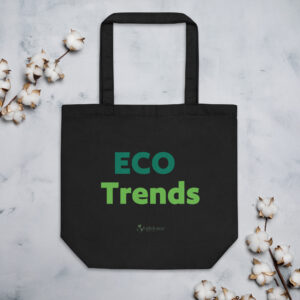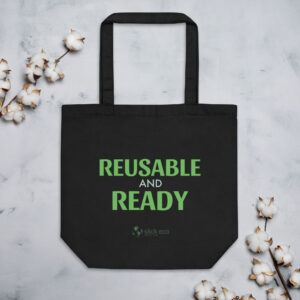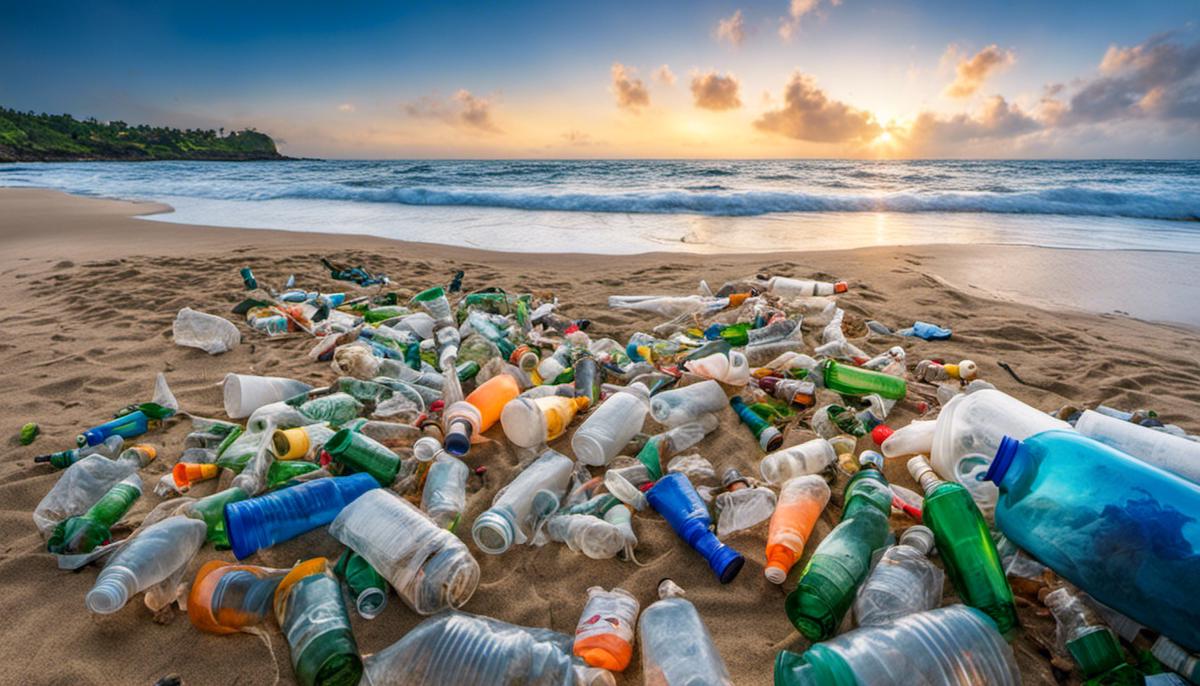In the wake of the environmental crisis, one pressing issue posing a severe threat is plastic pollution. Exponentially high consumption of plastic wreaks havoc on terrestrial and marine ecosystems while exacerbating the rapid progression of global warming.
An urgent switch to sustainable and plastic-free alternatives is no longer an option but a necessity for the survival of our planet. This discourse aims to shed light upon the severity of the plastic pollution predicament and to provide dependable solutions through versatile spheres, including kitchen use, personal care, fashion, and general lifestyle.
Understanding Plastic Pollution

Plastic-Free Kitchen Alternatives
The Transition to the Plastic-Free Kitchen: Embracing Eco-friendly Alternatives
Life and hobbies without plastic? Not only is it feasible, but it’s also an adventure filled with beneficial discoveries! Welcome to the world of the plastic-free kitchen – a space where new innovations mingle with tried and true old-world practices. Let’s don our eco-warrior aprons and delve into the delightful alternatives that’ll help kit out a more earth-loving culinary arena.
First and foremost, change begins with conscious everyday choices. Consider ditching those disposable plastic utensils and make the switch to stainless steel, bamboo, or even cork alternatives. Not only are these materials incredibly durable, but they also infuse dishes with an extra pinch of love!
Cooking pots are another area of focus. Cast iron cookware has enjoyed a notable resurgence, with chefs and home cooks alike lauding their heat retention and longevity. Similarly, ceramic-coated pots and pans provide a non-toxic, non-stick option that lasts for years (an excellent tip here is to opt for PTFE and PFOA-free products).
Food storage in a plastic-free kitchen may sound challenging, but there’s a world of easy, effective alternatives to explore. Resistance is futile against the charm of mason jars or the nostalgia-inducing ceramic containers with sweet wooden lids. They’re cute and versatile – good for storing anything from dry goods to leftovers.
Pressed for time? Insulated stainless steel food containers are the eco-friendly thermos of the future, keeping meals hot or cold for extended periods. To top it off, silicone bags, beeswax wraps, or organic cotton food cozies evolve food storage into an environmentally friendly experience.
Drinking water and other beverages needn’t lag behind in the green mission, either. Encourage the use of refillable glass or stainless steel water bottles and consider investing in a water filter instead of relying on bottled water. Not to forget, there’s the cozy charm of brewing tea or coffee in a traditional kettle or French press.
-

Fashionably Green and On-The-Go
£16.50 Select options This product has multiple variants. The options may be chosen on the product page -

Reusable and Ready Eco-Friendly Tote Bag
£16.50 Add to cart
You can even carry the eco-friendly theme beyond the kitchen. Switching to cloth napkins or using recyclable, unbleached parchment paper are minor adjustments that make a significant green impact. And for those who love a well-cleaned kitchen, there are numerous methods and ingredients, like vinegar, lemon, and baking soda, that clean just as effectively as their synthetic counterparts without the accompanying plastic packaging.
Creating a plastic-free kitchen is indeed not a step but a journey. It incorporates the past’s wisdom while embracing the promise of a sustainable future. It infuses practicality with passion and serves as a reminder that saving our planet doesn’t mean sacrificing convenience or style but repurposing them into tools of positive change.

Finding Plastic-Free Alternatives for Personal Care
Transiting to Plastic-Free Fashion
Diving into the fashion industry, it becomes apparent that the clothes we wear are more entangled in the web of plastic pollution than most of us realize. Synthetic materials, especially polyester, are commonplace in our wardrobes. These materials, in essence, are types of plastic that degrade into microscopic fibers when washed, releasing harmful microplastics into the water system. Reports suggest that almost 35% of all primary microplastics in the marine environment are from synthetic textiles, underlining the fashion industry’s critical role in plastic pollution.
Parallelly, plastic is also pervasive in the fashion industry’s packaging. The use of single-use plastic garment bags for shipping and storage further amplifies the industry’s carbon footprint. However, acknowledging the problem is the first step towards solving it, and the fashion sphere is slowly waking up to the urgency of going plastic-free.
So, how can one transition towards a more sustainable, plastic-free fashion lifestyle? It all starts with awareness and education. Understand the types of materials that are notorious for microplastic shedding: polyester, nylon, and acrylic. Reading clothing labels before purchase to avoid plastic-laden synthetic fibers can significantly support this transition. Instead, opt for natural, renewable, and biodegradable fibers like organic cotton, linen, silk, or wool.
Secondly, make more conscious decisions when it comes to shopping. One should try to reduce, reuse, and recycle fashion items. Buying less, choosing well, and making things last are key elements of this perspective. By reducing overall consumption, reusing or upcycling existing items, and recycling or donating old clothing, a considerable amount of plastic pollution can be prevented.
Another significant contributor to microplastic pollution is the washing of synthetic clothes. Switching to a laundry bag specially designed to catch microfibers can be a game-changer. These bags capture the synthetic fibers shed during washing, preventing them from entering the water system.
Additionally, choose brands that prioritize sustainability. Many progressive fashion houses are leading a revolution, choosing environmentally friendly materials and abstaining from plastic in their production and packaging processes. Supporting such brands propels the demand for sustainable practices in the fashion industry.
Finally, use your voice to call for a systemic change. Lobby for policies that favor sustainable fashion practices and encourage transparency in the fashion supply chain.
Moving towards plastic-free fashion isn’t just about individual accountability; it draws upon a collective sense of responsibility towards our planet. It’s about shifting cultures, changing systems, and creating a future where fashion doesn’t cost the earth. After all, clothes are our chosen skin – and as the stewards of this Earth, we should aim to ensure that our second skin is as sustainable as can be.

Practical Tips on Moving Towards a Plastic-Free Lifestyle
Transitioning towards a plastic-free lifestyle can oftentimes feel like a daunting task, especially when you consider the countless ways we interact with plastic every day. The key to making this transition less daunting is to tackle it one step at a time.
One crucial step – often overlooked – to a more environmentally friendly way of life is reassessing our hobbies. More often than not, our pastimes can contribute significantly to the plastic piles up. The good news? With a few tweaks and alternatives, it’s easier than you might think to weave sustainability into the very fabric of your favorite pursuits!
For music lovers, vinyl records might seem like an unavoidable plastic pitfall. However, used records can be a game changer. Not only do they eliminate the need for the creation of new plastic items through production, but they also rescue existing plastics from potentially ending up in landfills. Plus, this vintage medium delivers a sound quality that is unique and exceptional!
For passionate green thumbs, there might be a solution as well: biodegradable pots! Starting seeds in pots made from coconut coir, peat, and other organic materials means less reliance on the ubiquitous plastic plant pots. When it comes to watering the fight against plastic waste, consider a metal or rubber hose and a metal watering can, which will last much longer than their plastic counterparts.
The crafty spirits among us may already be master upcyclers, using household items that would otherwise be trash to create artistic treasure. But don’t forget about the plastic in crafting tools and materials. Opt for paint brushes with wooden or metal handles, swap plastic-based fabrics for natural ones, and scout out packaging-free craft stores where you can buy the exact quantities you need.
And let’s not forget gamers – both digital and analog. Rather than increasing your plastic footprint with new games and consoles, why not swap or borrow from friends? Choose digital downloads over physical copies to bypass plastic game boxes entirely! For board game enthusiasts, vintage versions of your favorite games often have wooden pieces instead of plastic, and they add charm to the gaming experience!
Regardless of what hobbies you adore, there are always ways to incorporate sustainable practices and leave plastic behind. Yes, the changes may be small at first, but over time, these small adaptations aggregate into a substantial difference. True change starts with us, the individuals. So, let’s embrace these sustainable swaps and make an impact one hobby at a time. Let’s make our pastimes, memories, and hobbies green…and devoid of plastic.

Embracing a plastic-free lifestyle is not an overnight change but a progressive journey encompassing all aspects of daily life. The shift towards sustainable alternatives in the kitchen and personal care routines to ethical fashion choices presents an opportunity to reduce our individual and collective environmental footprints significantly. Understanding the truth about plastic pollution and the benefits of alternatives is a crucial step toward subsequent action. Let us remember our decisions today will shape the future of our planet, reminding us of the high-stakes responsibility we have in our hands.

